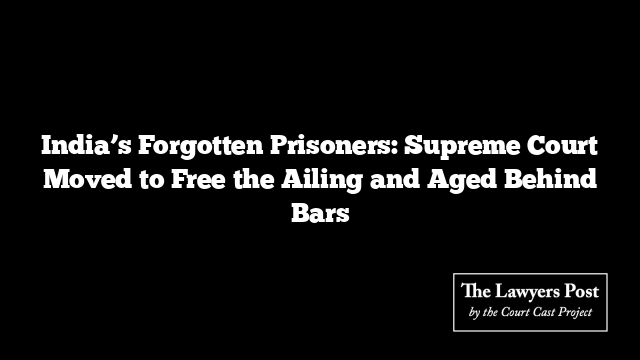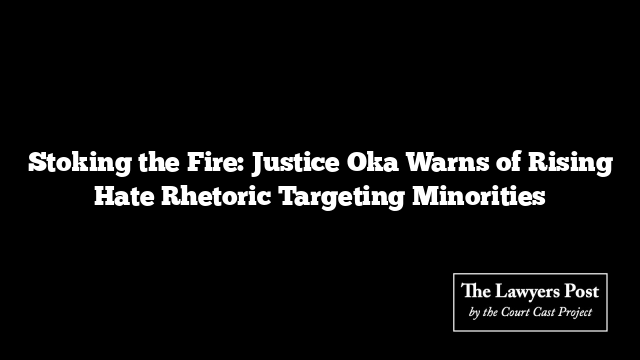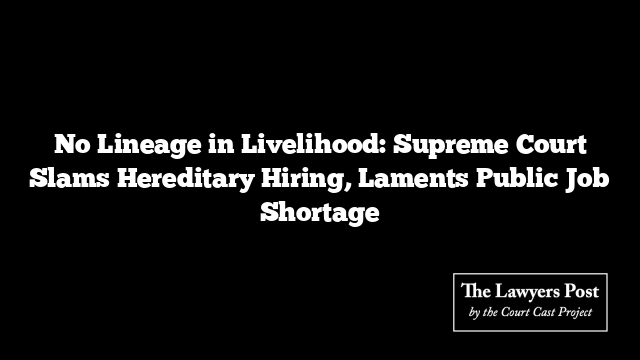In a quiet but resolute move that cuts to the heart of justice and compassion, the National Legal Services Authority (NALSA) has stepped into the Supreme Court spotlight with a public interest litigation (PIL) that seeks to breathe dignity back into the lives of elderly and terminally ill convicts languishing in prisons across India.
The petition—filed under the title NALSA v Union of India & Ors—doesn’t ask for mercy. It demands recognition of a right: the right to die, or at least to live, in dignity, not in the isolation of overcrowded cells far from medical care and familial warmth.
This legal push emerges from NALSA’s “Special Campaign for Old and Terminally Ill Prisoners,” launched on Human Rights Day last year, with Justice BR Gavai at its helm as Executive Chairman. The campaign has grown into a nationwide mission, with units at every level—national, state, district—now scouring prisons, gathering data, and arming inmates with legal support to help them step back into a world that may have long forgotten them.
At the center of the petition is a haunting statistic: nearly 21% of convicted inmates are over the age of 50. Many of them have outlived their usefulness to any concept of retributive justice and now dwell in cells where illness festers and care is scarce. The PIL argues that continuing to imprison such individuals violates not only domestic constitutional safeguards under Articles 14 and 21 but also India’s international obligations to uphold human dignity.
The petition also reflects a shift in legal infrastructure. A newly revised Standard Operating Procedure now brings undertrial prisoners aged above 70 and terminally ill individuals under the scrutiny of Under Trial Review Committees, which will now assess such cases every quarter.
The PIL zeroes in on a particularly vulnerable group—convicts tried and sentenced by High Courts who haven’t appealed or filed special leave petitions, many simply because they had no one to guide them. For these inmates, the court case isn’t just paperwork; it’s a lifeline.
With the Supreme Court expected to take up the matter soon, the country now faces a moral test: whether its prisons are merely places of punishment—or spaces where justice evolves alongside the aging bodies it holds.





